The Commonwealth’s mid-year economic forecast is a seasonal standby, giving the government an opportunity to make cuts and low-key announcements when attention is already elsewhere.
Cuts include
* Australia’s Economic Accelerator loses $46.7m across the forward estimates – 5 per cent plus of its funding, with the money being “re-prioritised.” This upset lobbies, “a short-term balance to the budget, at the cost of long-term returns and innovation,” the Australian Academy of Technological Sciences and Engineering laments. There is no mention where the money will go, maybe because it is a cut made on general principle. Given the bewildering bundle of applied research funding and related product development rolling out from the education and industry-science portfolios the government can still argue there is still plenty of funding to go around.
* the Regional Research Collaboration Programme is shut down, saving $56.3m through to 2027-28. This was a coalition creation to, “support regional universities to develop their research strengths,” presumably with projects that may not have made the cut in national competitive grant schemes.”
* there’s a $6m cut to the HE and Offshore Micro-Credential programme. However M-Cs, the next big thing under the coalition, aren’t dead yet. This morning Jason Clare announced $10m for 50 new courses.
And the winners are,
There is one spectacular secret santa –money reallocated from the Department of Industry, Science and Resources for the national quantum strategy. As to how much and for what – who knows. The outlay, for this financial year only is not announced, “due to commercial sensitivities.”
MYEFO also estimates Research and Development Tax Incentive payments will increase by $462m in 2023–24 and $2.1bn to 2026–27 overall. In an unsurprising announcement of the obvious this is “due to increases in the number and value of expected claims in the Professional, Scientific and Technical Services sector, including in biomedicine biomedicine, and the development of artificial intelligence and machine learning platforms.”

